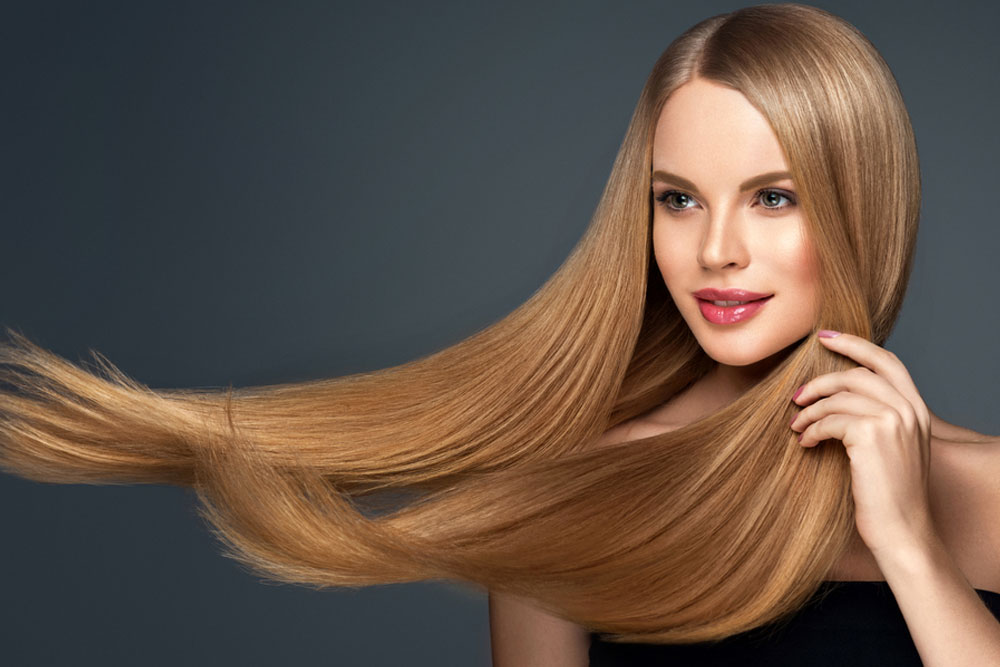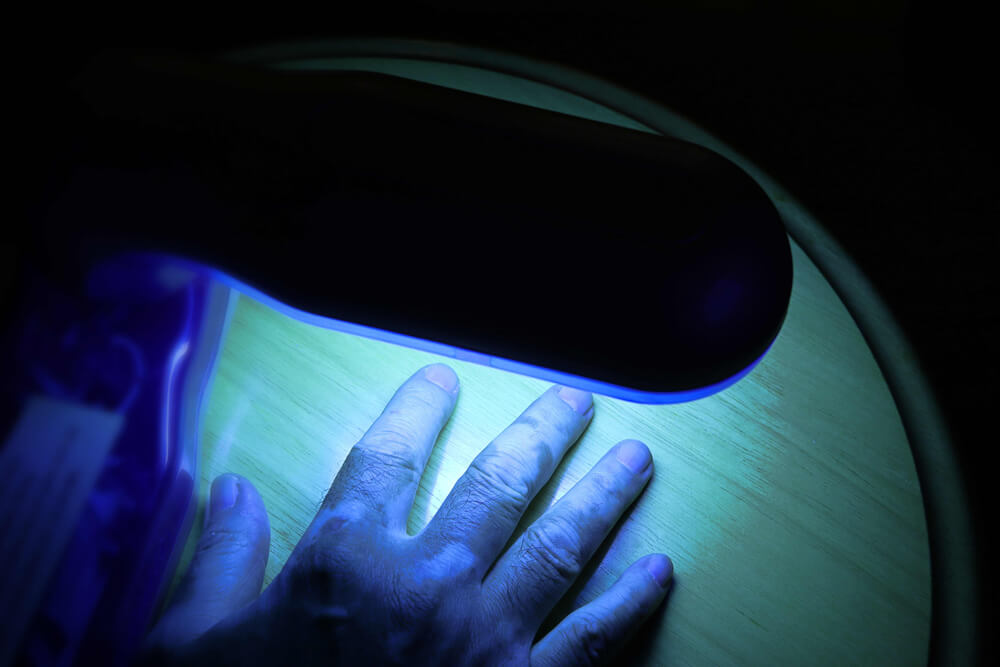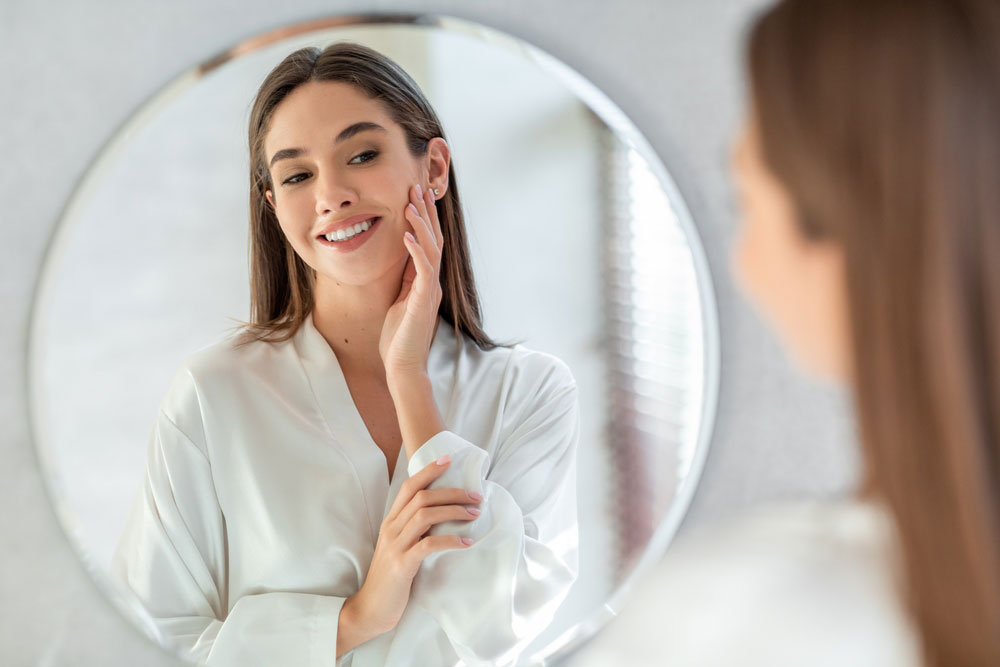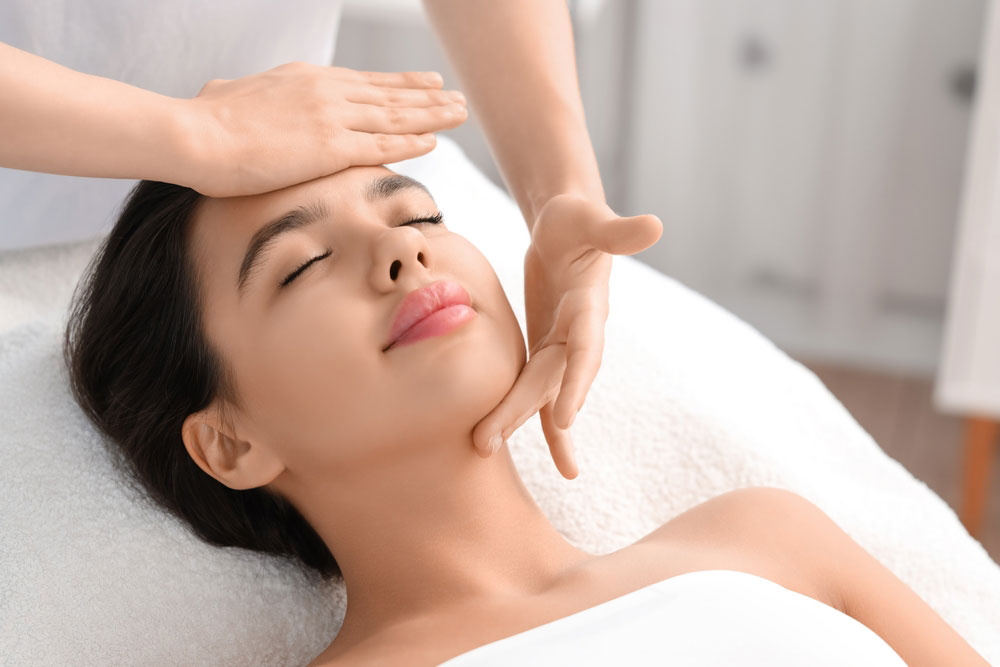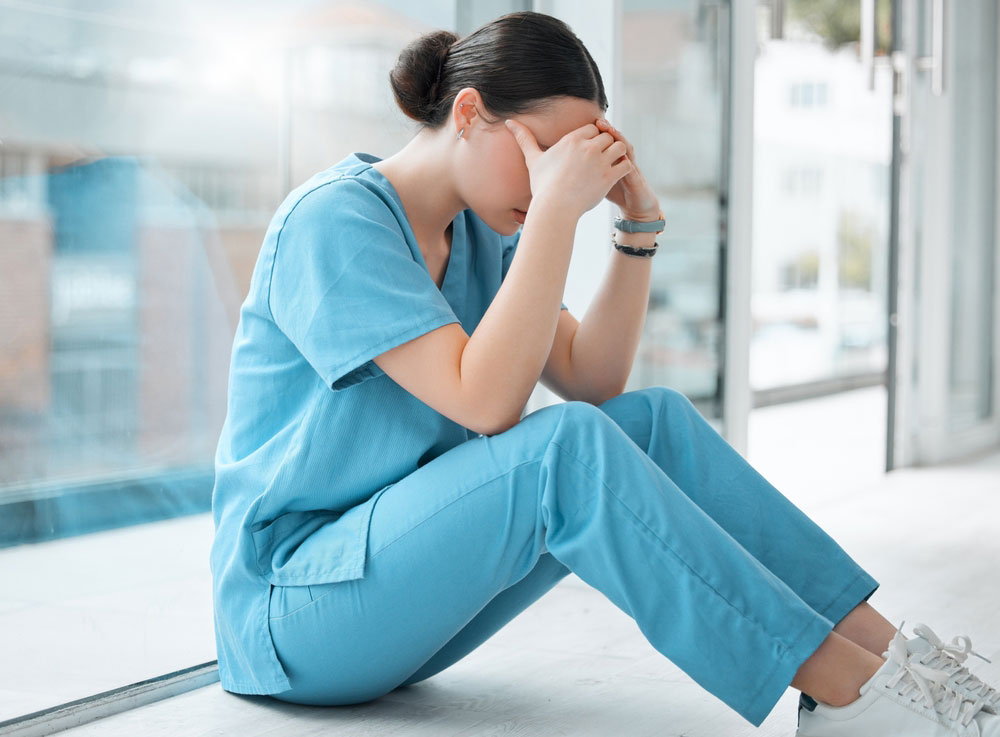Hair is crucial to one’s identity, self-perception, and psychosocial functioning. Hair loss can be devastating, lowering one’s self-esteem and feelings of personal attractiveness, while increasing depression and anxiety. Men and women both suffer from hair loss; with 30 million females and 50 million men suffering from excessive hair loss. Hair loss, also known as alopecia, can affect the whole body or just the hairline, and can be short-term or long-lasting.
Some people choose to ignore and conceal their hair loss, while others may hide it with various hairstyles, makeup, hats, or scarves. However, there are many available treatments to prevent further hair loss and/or restore future hair growth. Before continuing to pursue hair loss treatment, consult with your provider about the cause of your hair loss and your treatment options.
Causes
Hair thinning and loss are frequently caused by poor diet, hormones, stress, and underlying medical conditions. These causes do vary, and can affect an individual in different ways.
Male Pattern Hair Loss:
Causes of male pattern baldness include:
- Genetics
- Medication, i.e. thyroid conditions
- Nutritional deficiencies
- Hormone imbalances
Female Pattern Hair Loss:
Females are less likely to experience total baldness, however, hair thinning is more common.
Female pattern hair loss is classified into three types:
- Type I: Characterized by minimal thinning around the midline hair part.
- Type II: Characterized by a widened midline part and increasing thinning around it.
- Type III: Characterized by thinning throughout the entire scalp, with a “see-through” appearance at the vertex.
Symptoms
Gradual Thinning:
This is the most common type of hair loss that people experience as they age. Hair thinning or recession often begins at the frontal hairline in men. While females typically experience thinning at the midline part and/or crown of the head.
Circular Or Patchy Bald Spots:
Some individuals develop circular or patchy bald spots on the scalp, beard, and/or eyebrows. The affected areas may become red, itchy, and painful. This can be due to other conditions, such as alopecia areata.
Sudden Hair Loss:
Both physical and mental stressors can contribute to sudden and/or worsening hair loss.
Full-Body Hair Loss:
Some medical conditions or treatments such as alopecia universalis or chemotherapy, can result in widespread hair loss.
When should you see a provider?
If you are concerned about persistent hair loss, consult Borealis Dermatology. Your provider can help detect hair loss early on, and begin treatment to avoid further loss.
Please consult your provider immediately if you notice sudden or patchy hair loss, or worsening hair loss. Sudden hair loss can indicate an underlying medical condition that must be treated.
Therapies
There are various types of therapies to target hair loss, suitable for both men and women who are experiencing both hair loss and thinning. Following a discussion on an in-depth medical history and your lifestyle, your provider can determine which course of treatment is best for you. Some treatments may not work as well and you may have to try multiple options. Also, results from hair loss therapies can take several months, as hair regrowth is a slow process. It is important to keep these in mind as you begin your treatments and to have patience.
1. Medication:
Certain medications can lead to hair loss, which your provider may advise you to discontinue use for a few months.
If your hair loss is due to an underlying condition, such as a hereditary cause, you will need to treat it with medications. The most common choices are:
Minoxidil (Rogaine):
Minoxidil is available over the counter (without a prescription) in liquid, foam, and shampoo forms. The 5% formulation is preferred for both males and females. It is the most common form of hair loss treatment and patients may see significant improvement in hair regrowth, reduction in hair loss, or both.
It is important to keep in mind that it will take at least six months of treatment to stop further hair loss and begin hair regrowth. So, it may take several months to determine whether the treatment is effective for you. If it’s working, you’ll need to keep taking it indefinitely to reap the benefits. If you stop the treatment, hair loss will begin again.
Apply the product to the scalp once daily, for females, and twice daily, for men, to have the best effects. Many people prefer to use the foam version when their hair is wet. For even better results, you may use this in combination with other medications; consult your provider on combining medications with minoxidil.
Side effects may include scalp irritation and unwelcome hair growth on the adjacent skin of the face and hands.
Finasteride (Propecia):
This is a prescription medication pill for men, and you take it once a day daily. Many men who use finasteride notice a reduction in hair loss and, in some cases, new hair growth.
Finasteride’s rare side effects include decreased sex drive and sexual function, as well as an increased risk of prostate cancer. Finasteride may not be as effective in men over the age of 60.
Other medications:
Spironolactone (carospir) for women.
Oral dutasteride.
2. Nutrafol:
Nutrafol is clinically proven to show hair growth. It is a hair growth supplement that is drug-free, meaning it is made with natural ingredients. Nutrafol is clinically proven to target the root cause of thinning hair and improve hair growth. The supplements are easily accessible online or at your nearby dermatology office. The important habit is to take supplements on a daily basis to continue healthy hair growth.
3. Platelet-Rich Plasma (PRP) Therapy:
PRP therapy aids in acceleration and promotion of the body’s natural healing and rejuvenation processes while posing no significant risk to you. It uses your own body’s healing cells (platelets) and growth factors, found in your blood plasma, to encourage hair regrowth. Your blood is extracted painlessly and centrifuged, spun at high speeds, to separate its components. The plasma, or the gold serum, is the most valuable and usable part as it is highly concentrated with platelets and growth factors. This plasma is extracted from the rest of the blood and infused into the scalp, strengthening the hair follicles directly and stimulating new hair growth. This therapy is usually done on a monthly-basis.
The philosophy is to combine cutting-edge technology with the body’s inherent healing ability. It is now used successfully in a variety of applications, including skin rejuvenation, hair loss treatment, sports injuries, wound care, and gynecology.
Contact Borealis Dermatology to schedule an appointment with one of our providers if you are concerned about or experiencing hair loss. Borealis Dermatology offers two convenient locations to provide various treatments for our patients in the Queens and Long Island areas. You can experience the highest medical and aesthetic expertise available through our treatment options by visiting our clinic.
References:
- Aad. Hair Loss: Who Gets And Causes. Retrieved from www.aad.org.com: https://www.aad.org/public/diseases/hair-loss/causes/18-causes
- Affderm. PRP Hair Rejuvenation. Retrieved from www.affderm.com: https://affderm.com/services/aesthetic-dermatology/prp-hair-rejuvenation/
- Catherine. PRP for Hair Loss. Retrieved from www.healthline.com: https://www.healthline.com/health/prp-for-hair-loss
- Raechele. Everything You Need to Know About Hair Loss. Retrieved from www.healthline.com: https://www.healthline.com/health/hair-loss
- Rejuvenate528. Hair Rejuvenation Therapy. Retrieved from www.rejuvenate528.com: https://www.rejuvenate528.com/services/regenerative-aesthetics/hair-rejuvenation/

